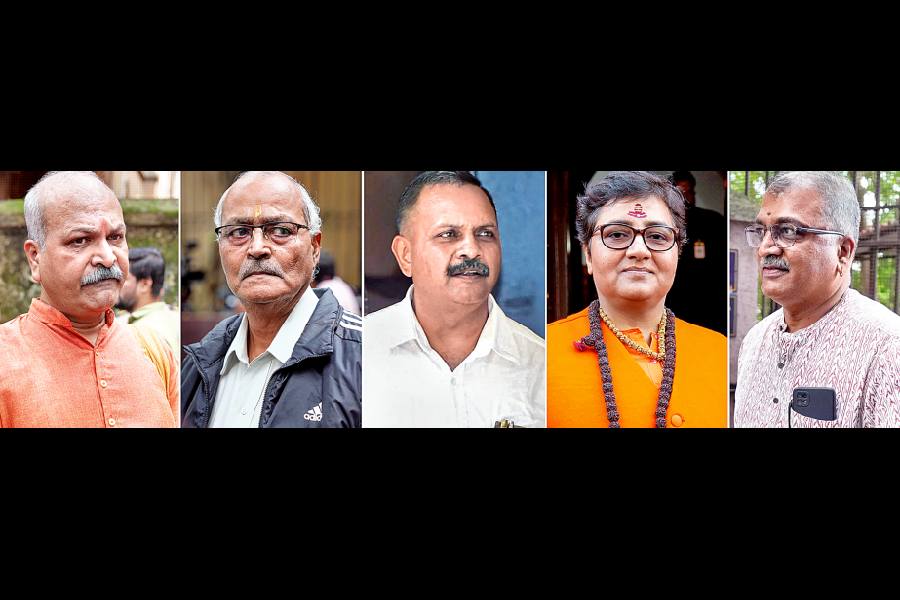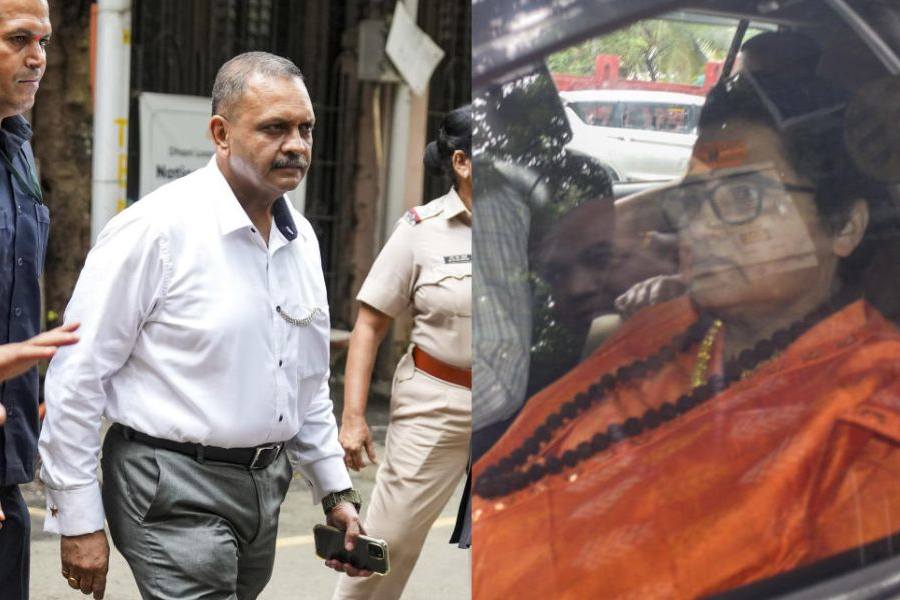 |
 |
| A mud sculpture of Gautam Buddha and (above) a hand of the Buddha in preaching style found from the excavation site. Telegraph pictures |
The recent excavation at the Telhara mound has hinted that the ancient university was older than believed.
Experts associated with its excavation are now claiming that the university originated in the Kushan period.
Atul Kumar Verma, director, archaeology, told The Telegraph that in the recent excavation, archaeologists have found some bricks of very large size (42x36x6.5cm) substantiating that the university belonged to the Kushan period. “Bricks of the Kushan period were quite large from other dynasties, including the Gupta and Pala periods,” said Verma.
Earlier, the university, whose reference had been found in the account of Chinese travellers Hiuen Tsang and Ithsing, was thought to come into existence in the Gupta period. The excavation work is going on at Telhara village, around 32km northwest of the Nalanda University ruins.
While the Kushan period is considered to be 1st century AD, the Gupta dynasty ruled from 3rd to 6th century AD.
The directorate of archaeology, which runs under the state art, culture and youths affairs department, started the excavation. It found sculptures of red sandstones proving that the university was quite popular in the Gupta period. The directorate had also found pottery of different shapes and seals from the site similar to those of the Gupta period. Experts had also found a complete influence of the Gupta period in the strokes of writing from the earthen pots found from the site.
An official of the directorate on condition of anonymity said they had also found some pottery items recently from the site which has firm evidence of its association with the Kushan period. “We have found some pottery items from the site such as sprinkler made of northern black polished ware similar to the pottery items of the Kushans. It is fine-grained clay with little tampering material. In Kushan period, most of the pottery items used to be made with a unique technique of glossy surface and it could produce a special type of metallic sound. These types of pottery items were made for elite people in the Kushan period. We also call it VIP pottery items. The pottery finding is crucial,” said an official.
Verma said it would take the directorate another 10 years to fully conserve the structure spread across 1km. “In one day, we are able to dig up only around 6cm area.”










